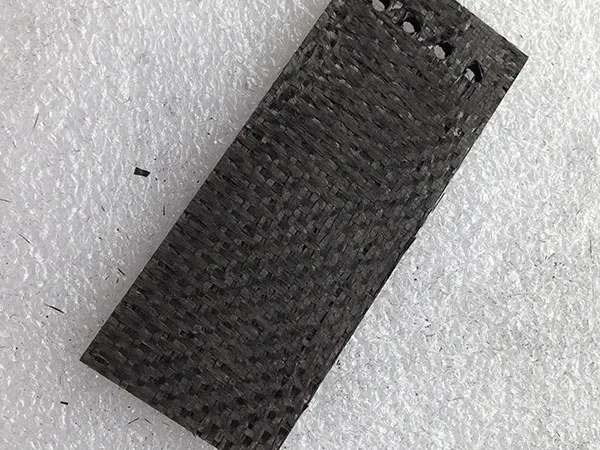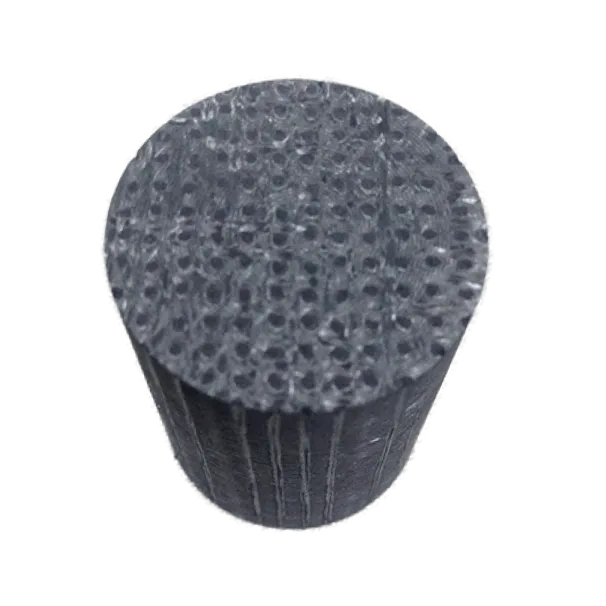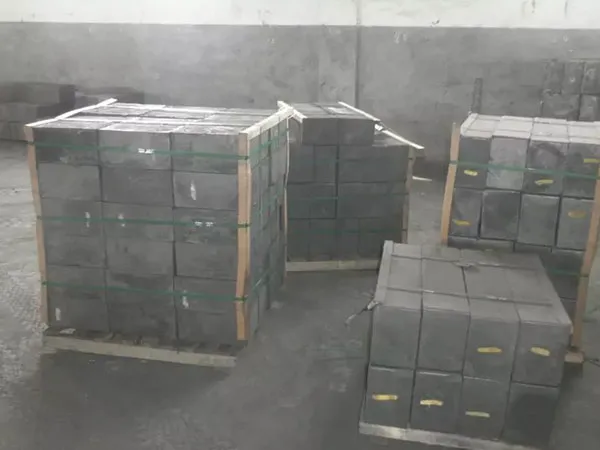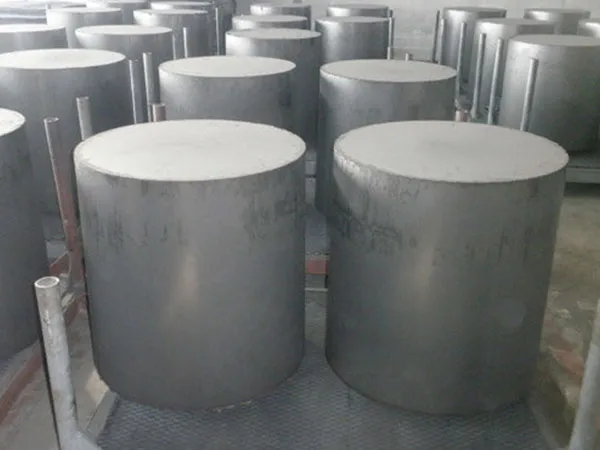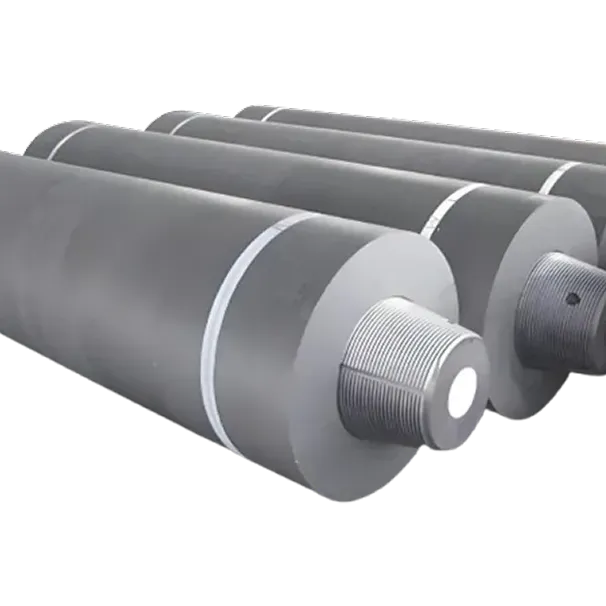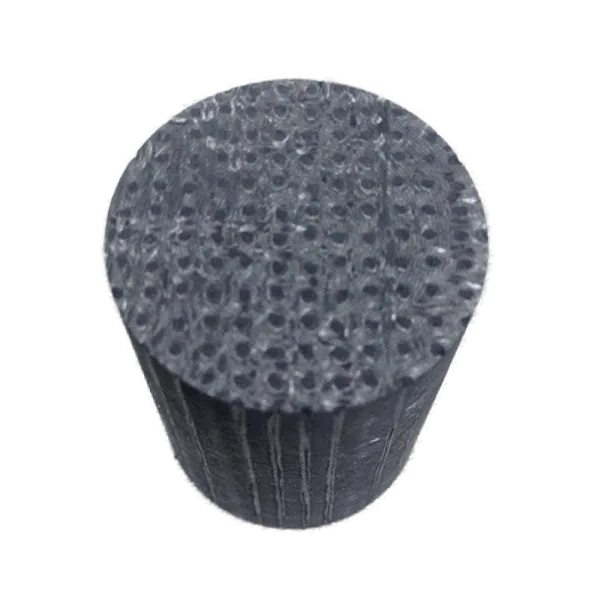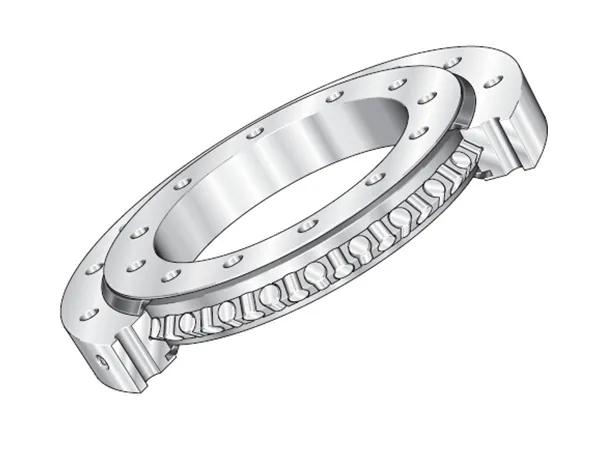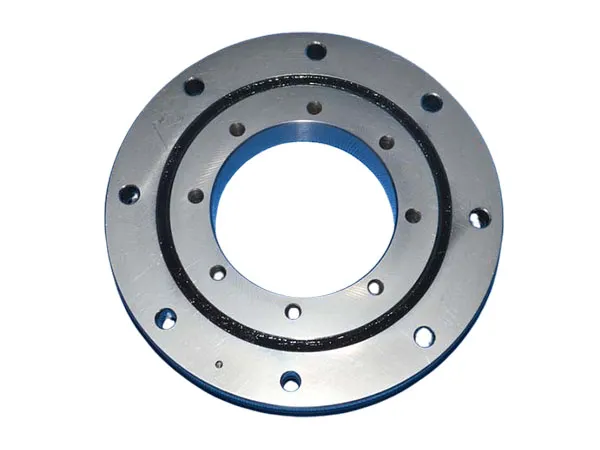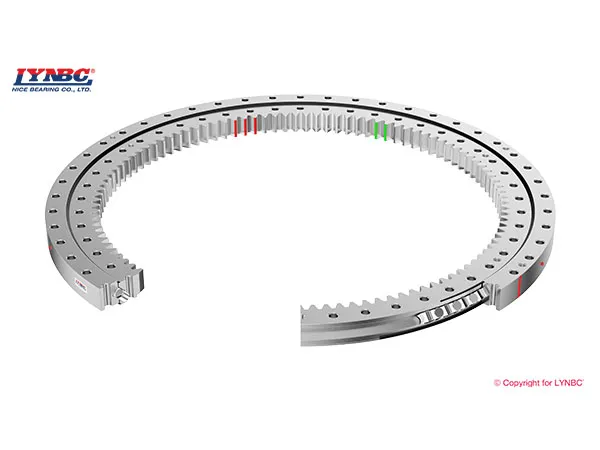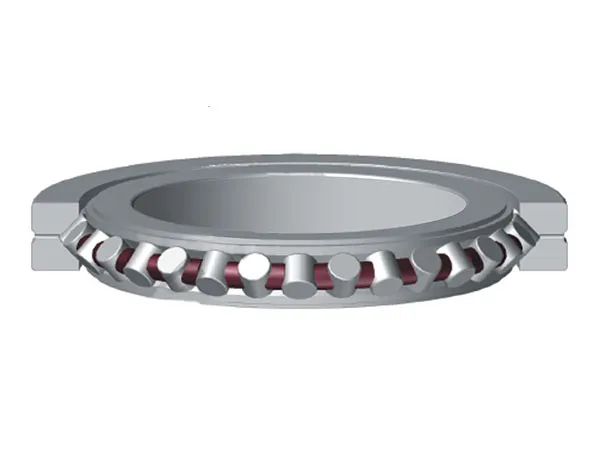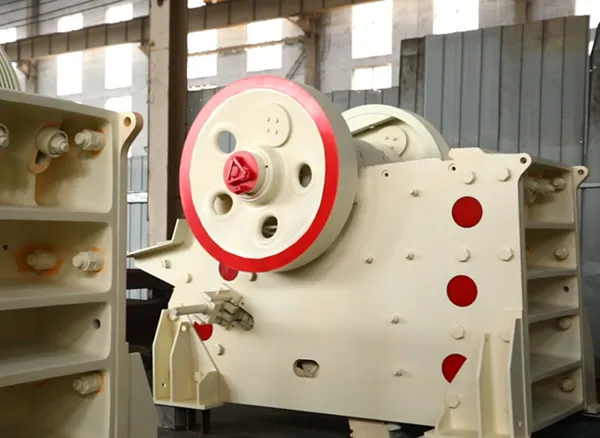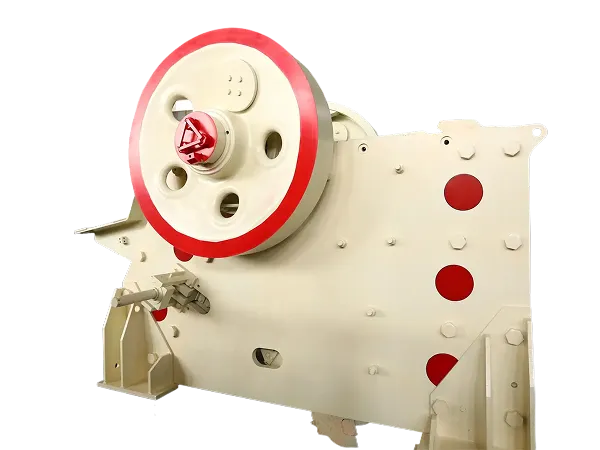Carbono-carbono (C/C) compuestos son una clase de materiales de alto rendimiento que se encuentran en el pináculo de la ingeniería para entornos extremos. Compuesta de fibras de carbono integradas dentro de una matriz de carbono, son reconocidos por una característica principal: su extraordinaria capacidad de mantener e incluso aumentar su fuerza a temperaturas extremadamente altas.
Características compuestas de carbono-carbono
Alta relación resistencia a peso: Son increíblemente fuertes pero livianos.
Excelente resistencia a alta temperatura: Pueden retener sus propiedades mecánicas a temperaturas extremadamente altas (hasta 3000 ° C o incluso 3315 ° C en atmósferas inertes).
Alta conductividad térmica: Disipar eficientemente el calor.
Bajo coeficiente de expansión térmica: Resistir cambios de tamaño con fluctuaciones de temperatura.
Alta resistencia a la fatiga: Puede resistir el estrés repetido sin falla.
Biocompatibilidad: Adecuado para su uso en el cuerpo humano.
Inercia química: Resistir la corrosión de varios productos químicos.
Aplicaciones compuestas de carbono-carbono
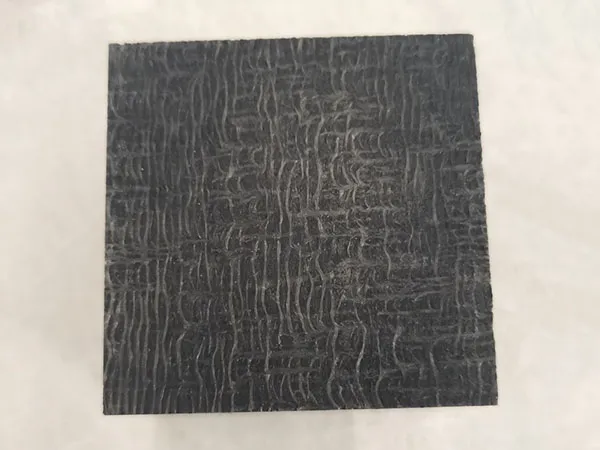
Debido a estas características notables, Los compuestos de carbono-carbono encuentran aplicaciones en una amplia gama de industrias exigentes:
1. Aeroespacial y Defensa: Esta es el área de aplicación principal para los compuestos C/C.
Sistemas de frenado de alto rendimiento: Utilizado ampliamente en aviones (comercial y militar, Como el Concorde y Airbus A320) y vehículos de alta velocidad (Autos de fórmula uno, Supercars como Bugatti Veyron, y muchos Bentleys, Ferraris, Lamborghinis, Porsches). Ofrecen una capacidad de calor superior, peso reducido, y una vida útil más larga en comparación con los frenos de acero.
Reingresar escudos de calor y conos de nariz: Esencial para la nave espacial (como el cono de nariz y los bordes de ala del transbordador espacial y los bordes de ala), misiles, y volver a entrar en vehículos, Protegiéndolos de temperaturas extremas generadas durante el reingreso atmosférico.
Boquillas de cohete y gargantas para motor: Puede soportar el inmenso calor y presión de la propulsión de cohetes.
Bordes de los vehículos aeroespaciales de alto rendimiento: Áreas sujetas a intensos calor y fricción.
Componentes del motor: Partes de los motores turbojetores.
…
Se puede encontrar información más detallada sobre aplicaciones compuestas de carbono-carbono visitando: https://www.czgraphite.com/a/news/carbon-carbon-composite-applications.html

